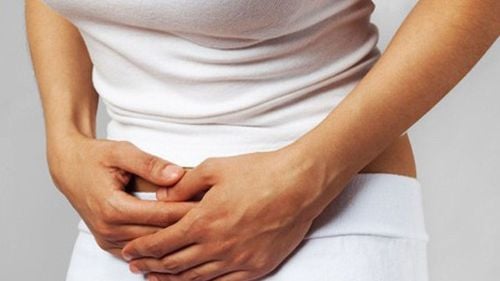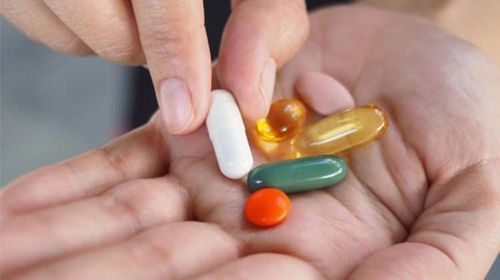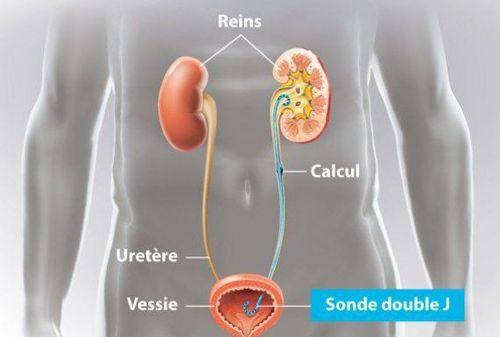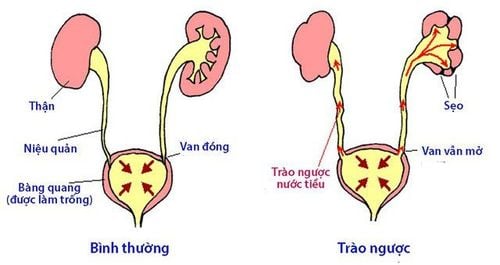This is an automatically translated article.
The article was professionally consulted by Doctor Department of General Surgery and Anesthesia, Vinmec Hai Phong International General Hospital.
A stent is a hollow plastic tube specially designed to be inserted into the ureter. The ureter is the natural tube that carries urine from the kidney to the bladder. The length of the stents used in adult patients varies from 24 to 30 cm. Ureteral stenting is a new and effective method in the treatment of recurrent urethral stricture.
1. Overview of recurrent urethral stricture disease
1.1. Urethral stricture Urethral stricture is a relatively common lesion and presents a challenge to the urological surgeon. The urethra is an important part of the urinary tract, responsible for carrying urine out of the body in both sexes.
For men, the urethra plays an important role in ejaculating from the genital tract.
1.1.1 Causes of urethral stricture Causes of urethral stricture may be due to a sexually transmitted infection such as: Gonorrhea, chlamydia, having had a urinary catheter or ureteroscope inserted, pathology. Prostate surgery has been performed such as open surgery, laparoscopic surgery, trauma in the pelvis - perineum: Pelvic fracture, fall split leg on hard object, direct trauma to the penis... urethritis... repeated many times.
1.1.2 Signs of urethral stricture Some signs to recognize this disease are:
Feeling of difficulty urinating, slow flow, decreased urine output. Blood in the urine, lower abdominal pain, urethral discharge, urinary tract infection. The patient could not go to the bathroom as usual, but had to have a catheter placed over the pubic bone to bring urine from the bladder out. To diagnose the disease, the doctor needs to do a clinical examination, take pictures of the urethra with X-ray or ultrasound, and endoscopy of the urethra.
1.2. Ureteral stenosis Ureteral stenosis is less common than urethral stricture, but radical treatment is also difficult. Ureteral stenosis is the result of benign lesions (congenital, due to stones, inflammation, after treatment) or from malignant lesions compressing from the inside or from the outside.
The clinical features may vary depending on the cause of the ureteral stricture. Some common signs and symptoms include: Low back pain, renal colic; urinary disorders, hematuria, oliguria, cloudy urine; fever...
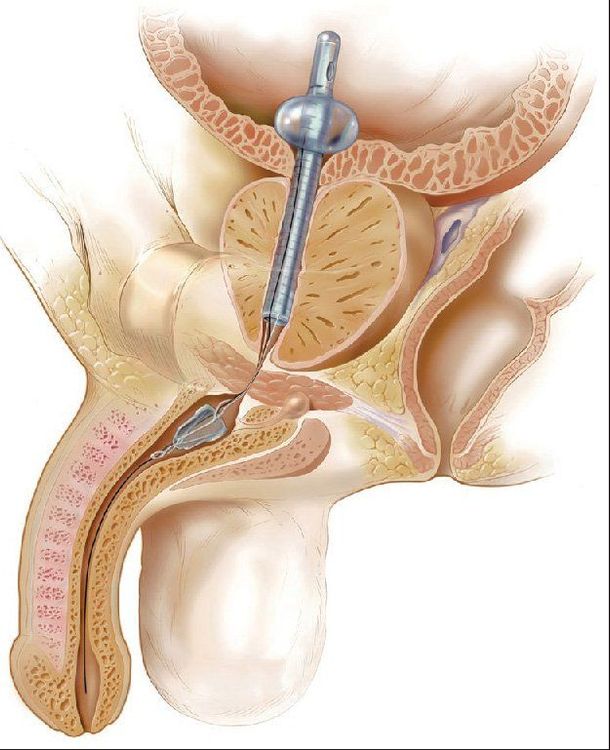
2. Treatment of ureteral stenosis and recurrent urethral stricture
The most common treatment for narrowing of the ureter and urethra in Vietnam today is dilation, ureterectomy, urethral stricture and ureter and urethral plastic surgery. These methods all have the disadvantage of high recurrence rate, up to 50-60% according to some studies.
Treatment of recurrent urethral stricture cannot be definitively treated with drugs, but other external interventions must be performed. Treatment options vary widely, depending on the length, location, and scar tissue of the stenosis. Treatments include: urethral dilation, laser or endoscopic resection, stenting, and anastomosis using flaps or grafts.
In the world, stenting to treat urethral stricture and ureteral stenosis is a less traumatic approach with high efficiency.

3. Notes when placing stents to treat ureteral and urethral strictures
It is recommended to drink at least 1.5 to 2 liters of water per day Tell your doctor right away if unpleasant side effects occur See your doctor right away if: Constant and intolerable pain due to stents Have symptoms and signs of a urinary tract infection (fever, chills, discomfort and pain when urinating) Stent falling out Significantly more bloody urine. For urethral stricture, it is important that the patient is diagnosed early. Thus, the treatment will be simpler, and the chance of recurrence will also be somewhat reduced.
Vinmec International General Hospital has a full team of well-trained, professional and experienced gynecologists; system of modern equipment, meeting international standards; professional service quality, bringing satisfaction and comfort to customers.
Please dial HOTLINE for more information or register for an appointment HERE. Download MyVinmec app to make appointments faster and to manage your bookings easily.





